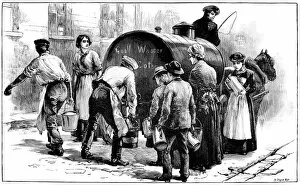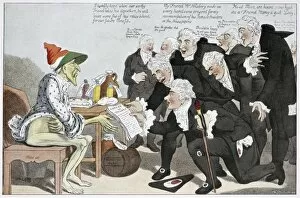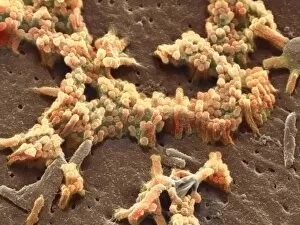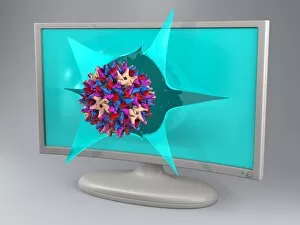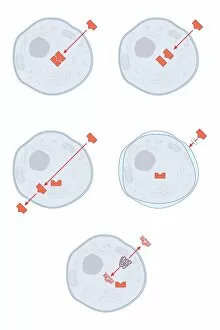Epidemiology Collection (page 5)
"Epidemiology: Unveiling the Threads of Disease Through Time" Step into the past and witness the haunting presence of a Plague doctor in 17th-century artwork
All Professionally Made to Order for Quick Shipping
"Epidemiology: Unveiling the Threads of Disease Through Time" Step into the past and witness the haunting presence of a Plague doctor in 17th-century artwork, as they battled against the relentless grip of disease. Fast forward to modern times, where we confront the menacing Avian flu virus that threatens our global health. Its ever-evolving nature keeps epidemiologists on their toes, tirelessly working towards prevention and control. Travel back again to the 18th century, this time encountering another resilient Plague doctor from France. These fearless individuals risked their lives to treat victims during one of history's deadliest pandemics. In 1967, amidst Soviet efforts to combat cholera, a vaccination poster emerged as a beacon of hope for millions facing this devastating illness. It serves as a reminder that science can triumph over even the most formidable foes. Peering through microscopic lenses reveals intricate views - human respiratory syncytial virus causing havoc within our bodies; chlamydia stealthily invading unsuspecting hosts; infections spreading like wildfire through sneezing episodes captured in captivating artwork. Delving deeper into history unveils an infamous culprit - the Black Death rat flea - responsible for unleashing unimaginable suffering across continents. Its impact forever etched in chilling artistic depictions. Zooming into present times brings us face-to-face with SARS coronavirus protein, reminding us how swiftly diseases can emerge and disrupt societies worldwide. Yet it also highlights humanity's resilience and determination to find solutions. Finally, we pay homage to John Snow, an English physician whose pioneering work in epidemiology paved new paths for understanding disease transmission. His autotype portrait from 1856 immortalizes his contributions and inspires future generations. Epidemiology is not just about studying diseases but unraveling stories woven by centuries-old battles against plagues and viruses. It reminds us that knowledge is power when combating these invisible adversaries threatening our collective well-being.



